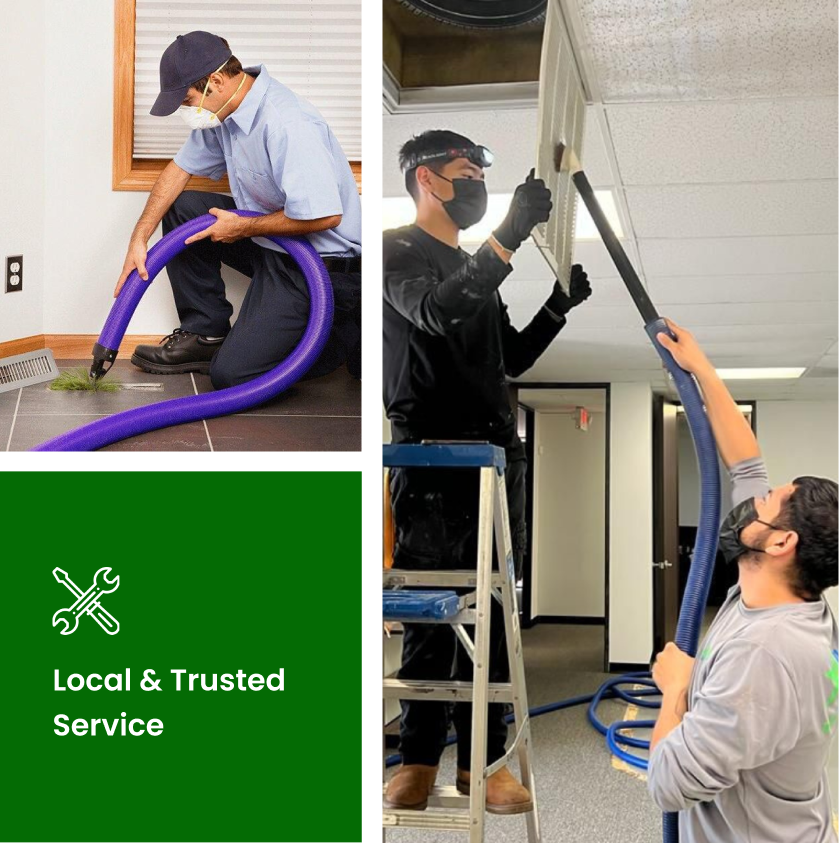The Importance of Mammogram Screening: Early Detection Saves Lives The Importance of Mammogram Screening: Early Detection Saves Lives
Mammogram screening is one of the most powerful tools in the fight against breast cancer. This simple, non-invasive imaging test can detect changes in breast tissue long before symptoms such as lumps are felt, making early diagnosis possible and significantly improving treatment outcomes. Health organizations worldwide recommend routine mammogram screenings for women beginning at a certain age or earlier for those with higher risk factors. Yet despite its proven benefits, many individuals delay or avoid this screening due to fear, misinformation, or lack of access. Understanding the importance of mammograms and knowing when to start can be life-saving.
A mammogram is essentially an X-ray of the breast that allows radiologists to spot abnormalities that might not be felt during self-exams or clinical visits. The procedure typically takes only a few minutes and involves compressing the breast between two plates to obtain clear images. While it may cause brief discomfort for some, the information it provides is invaluable. Early detection through mammograms can identify small tumors, microcalcifications, or suspicious areas that warrant further investigation or biopsy. Catching breast cancer at an early stage often means more treatment options, less aggressive therapy, and a higher likelihood of successful outcomes.
Routine mammogram screening guidelines vary slightly based on national health recommendations and individual risk. For most women, annual or biennial mammograms begin at age 40, with adjustments based on personal and family medical history. Women with a family history of breast cancer, genetic predispositions such as BRCA1 or BRCA2 mutations, or prior radiation exposure to the chest may need to begin screening earlier and more frequently. It’s essential to discuss your personal risk profile with a healthcare provider who can tailor recommendations based on your specific health needs.
While mammograms are a cornerstone of early breast cancer detection, they are most effective when combined with regular clinical exams and ongoing health maintenance. For many women, establishing a relationship with a trusted gynecologist NYC can make all the difference in staying on top of preventive care. A gynecologist can help interpret mammogram results, provide clinical breast exams, and guide discussions about risk factors, lifestyle changes, and additional screening tools when appropriate. Regular visits to a gynecologist ensure that you receive personalized care that reflects the latest evidence-based practices in women’s health.
Despite the proven value of mammogram screenings, barriers such as fear of diagnosis, discomfort with the procedure, or lack of insurance coverage can deter women from scheduling regular exams. Education and outreach are key to overcoming these obstacles. Many healthcare providers emphasize the importance of starting conversations about breast health early and encourage patients to ask questions, express concerns, and participate actively in their care. Empowerment through knowledge helps women make informed decisions and reduces anxiety around preventive testing.
In addition to clinical recommendations, support systems also play a vital role. Family, friends, and community health programs can offer encouragement and resources that help women follow through with regular screenings. Many organizations provide educational materials, reminders, and even transportation assistance to help make mammogram appointments more accessible.
For those seeking convenient and comprehensive women’s health services, including mammogram screening guidance and preventive care, Maiden Lane Medical offers walk-in gynecology services tailored to the needs of the community. Their dedicated team provides compassionate support and expert care in a welcoming environment, ensuring that patients receive timely attention for concerns ranging from routine screenings to gynecological consultations. To learn more about their services or visit a location near you, explore https://maidenlanemedical.com/



